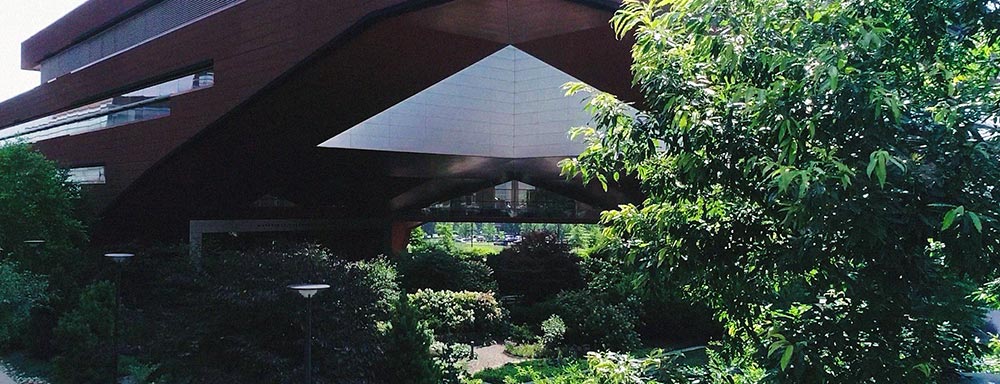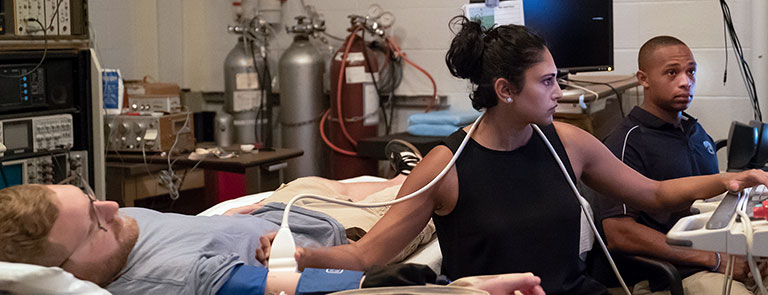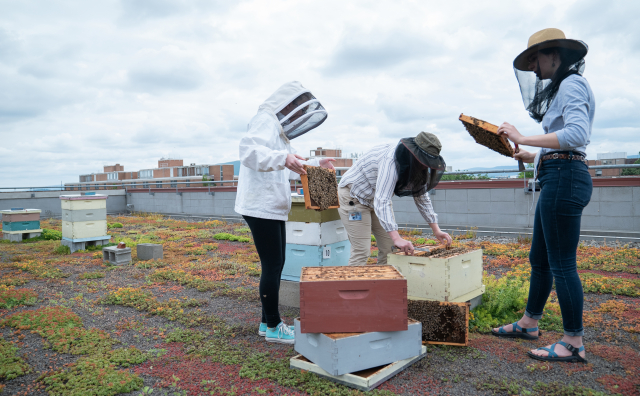Featured Stories
News

Dec 18, 2025
Genetic teamwork may be the secret to climate-resilient plants, researchers find
A plant’s success may depend on how well the three sets of genetic instructions it carries in its cells cooperate, according to a new study led by plant scientists at Penn State.

Dec 16, 2025
For certain life-essential proteins in E. coli, repair is more likely
Proteins need to fold into specific shapes to perform their functions in cells, but they occasionally misfold, which can prevent them from properly functioning and even lead to disease. A new study by researchers at Penn State found that, in E. coli, proteins containing a widespread structural 3D pattern, known as a motif, are more likely to misfold than proteins that lack it.

Dec 16, 2025
Opposing forces in cells could hold clues to treating disease
A newly revealed molecular tug-of-war may have implications for better understanding how a multitude of diseases and disorders — including cancers, neurodegenerative diseases and immune disorders — originate, as well as how to potentially treat them, according to researchers at Penn State.
News

Dec 18, 2025
Genetic teamwork may be the secret to climate-resilient plants, researchers find
A plant’s success may depend on how well the three sets of genetic instructions it carries in its cells cooperate, according to a new study led by plant scientists at Penn State.

Dec 16, 2025
For certain life-essential proteins in E. coli, repair is more likely
Proteins need to fold into specific shapes to perform their functions in cells, but they occasionally misfold, which can prevent them from properly functioning and even lead to disease. A new study by researchers at Penn State found that, in E. coli, proteins containing a widespread structural 3D pattern, known as a motif, are more likely to misfold than proteins that lack it.

Dec 16, 2025
Opposing forces in cells could hold clues to treating disease
A newly revealed molecular tug-of-war may have implications for better understanding how a multitude of diseases and disorders — including cancers, neurodegenerative diseases and immune disorders — originate, as well as how to potentially treat them, according to researchers at Penn State.

Dec 12, 2025
Unique bond identified as key to viral infection speed
Viruses are typically described as tiny, perfectly geometric shells that pack genetic material with mathematical precision, but new research led by scientists at Penn State revealed a deliberate imbalance in their shape that helps them infect their hosts.
Events
Friday Jan
09
OHMC Winter 2026 Networking Event
Microbiome Center
Thursday Jan
15
CIDD Seminar with Dr. Rushika Perera
Center for Infectious Disease Dynamics
Wednesday Jan
21
Center for Structural Biology Seminar
Center for Structural Biology
Friday Jan
23
Seminar: Microbial Crossroads – Food Production, Animal Health & Public Health
Microbiome Center









